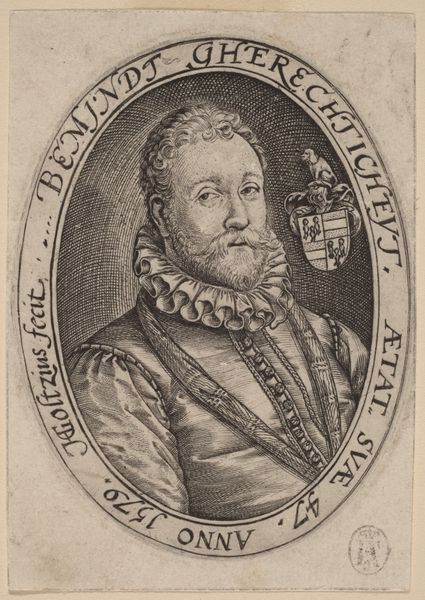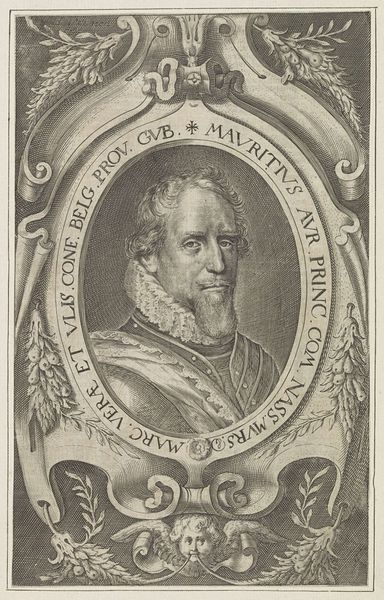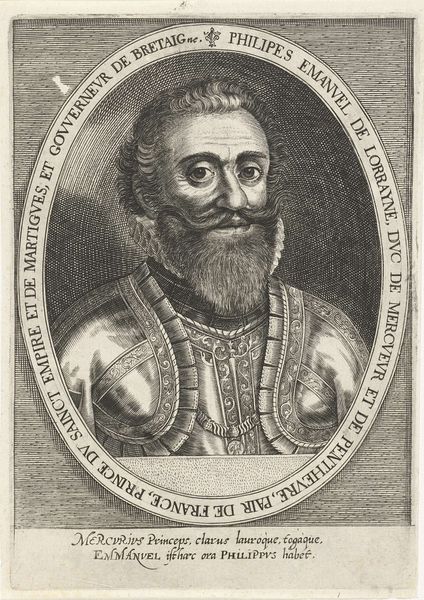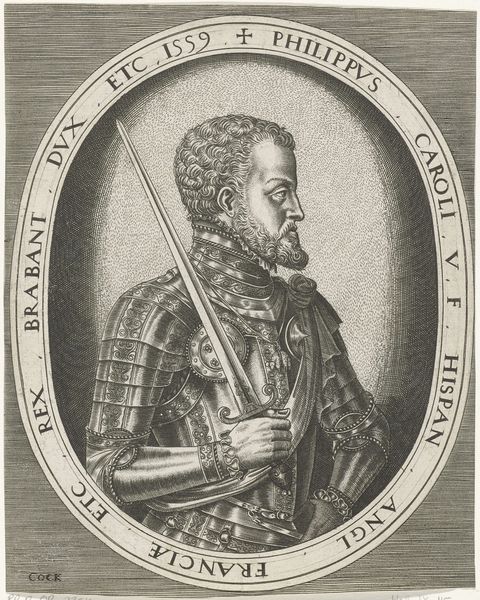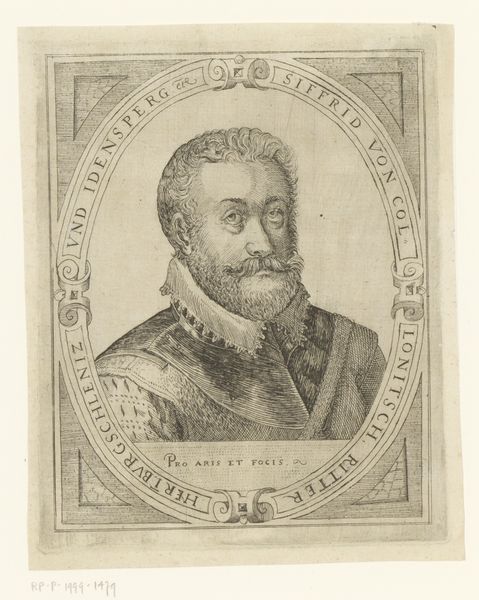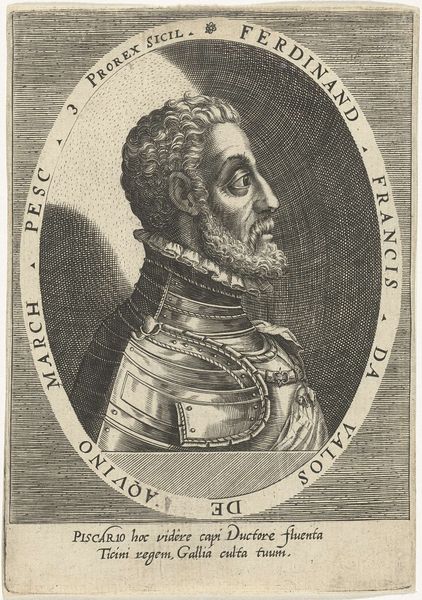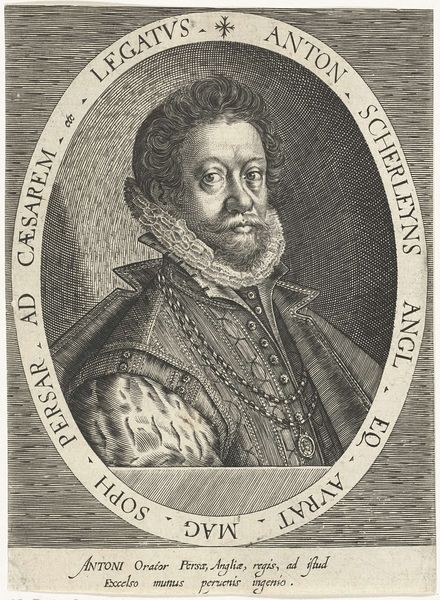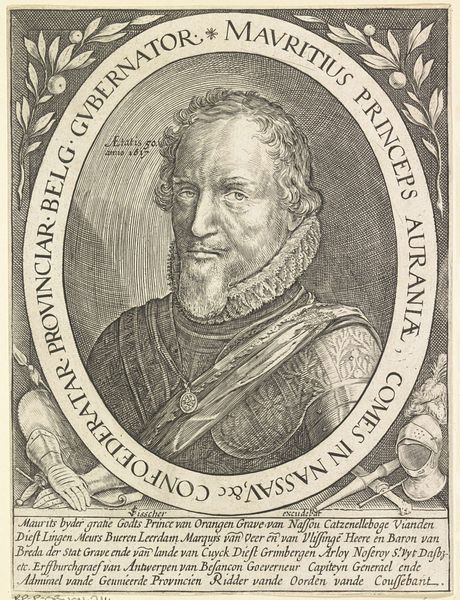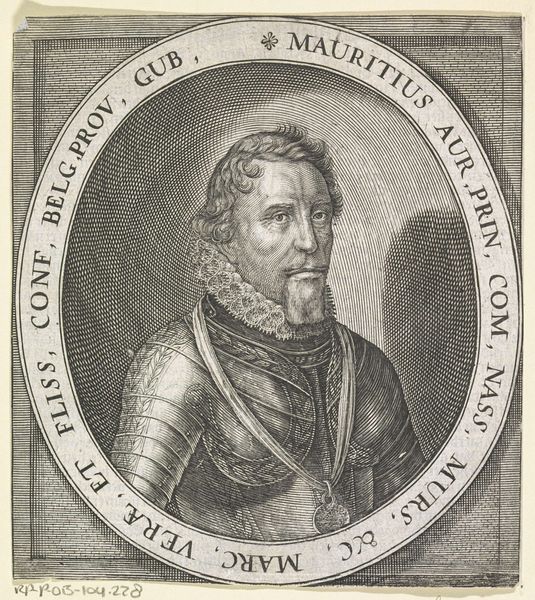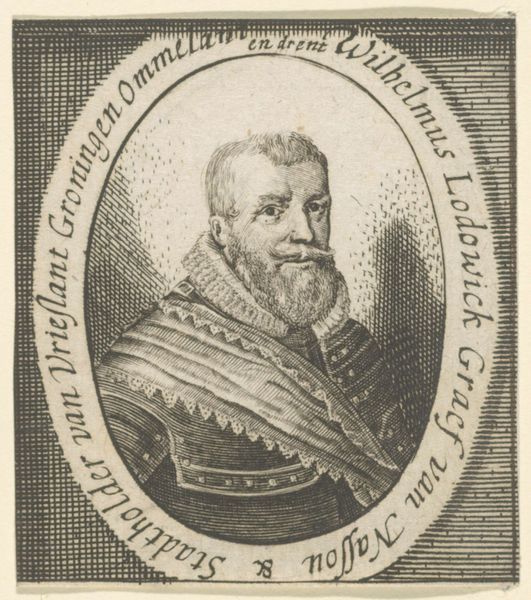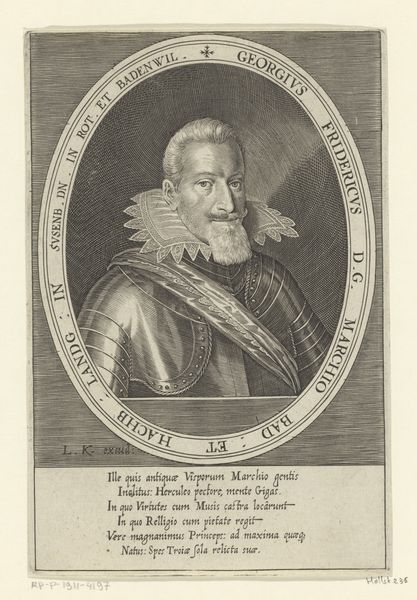
engraving
#
portrait
#
baroque
#
old engraving style
#
form
#
portrait reference
#
pencil drawing
#
line
#
portrait drawing
#
engraving
Dimensions: height 180 mm, width 133 mm
Copyright: Rijks Museum: Open Domain
Editor: This is "Portret van Charles de Bourbon, graaf van Soisson," an engraving from somewhere between 1600 and 1604 by Dominicus Custos. It feels very formal and posed, like it was meant to project an image of power. I wonder, looking at this, what would you say its function was at the time? Curator: That's an excellent question. Beyond pure aesthetics, engravings like this one played a crucial role in disseminating imagery and constructing reputations within the complex social and political landscape of the era. Think about the limited access to visual information back then. How else could the public, especially those outside the immediate circles of power, familiarize themselves with the appearance of influential figures like Charles de Bourbon? Editor: So it was about visibility and branding, in a way? Curator: Precisely. Consider the costume. The armor speaks of military might and noble status, consciously aligning Charles with established ideals of leadership. It’s not simply a neutral depiction, but a calculated performance intended for public consumption. How do you think its reception would have been influenced by the viewer's pre-existing biases? Editor: Good point! I guess if someone already disliked the Bourbon family, they might interpret the armor as aggressive or arrogant rather than strong. The text must be pretty important too, right? Curator: Absolutely. Texts accompanying such images were frequently deployed to frame and guide viewer interpretation. A printed line was carefully crafted and it cemented particular attributes of Bourbon for contemporary viewers. What do you think the role of these types of objects had on the perception of power and political persona? Editor: It sounds like this image is so much more than just a portrait. It’s like a carefully crafted piece of political propaganda, intended to shape public perception. It makes me see portraits in a different way. Curator: Indeed! The study of art is always intertwined with society. I'm happy that my views have been helpful to you.
Comments
No comments
Be the first to comment and join the conversation on the ultimate creative platform.
